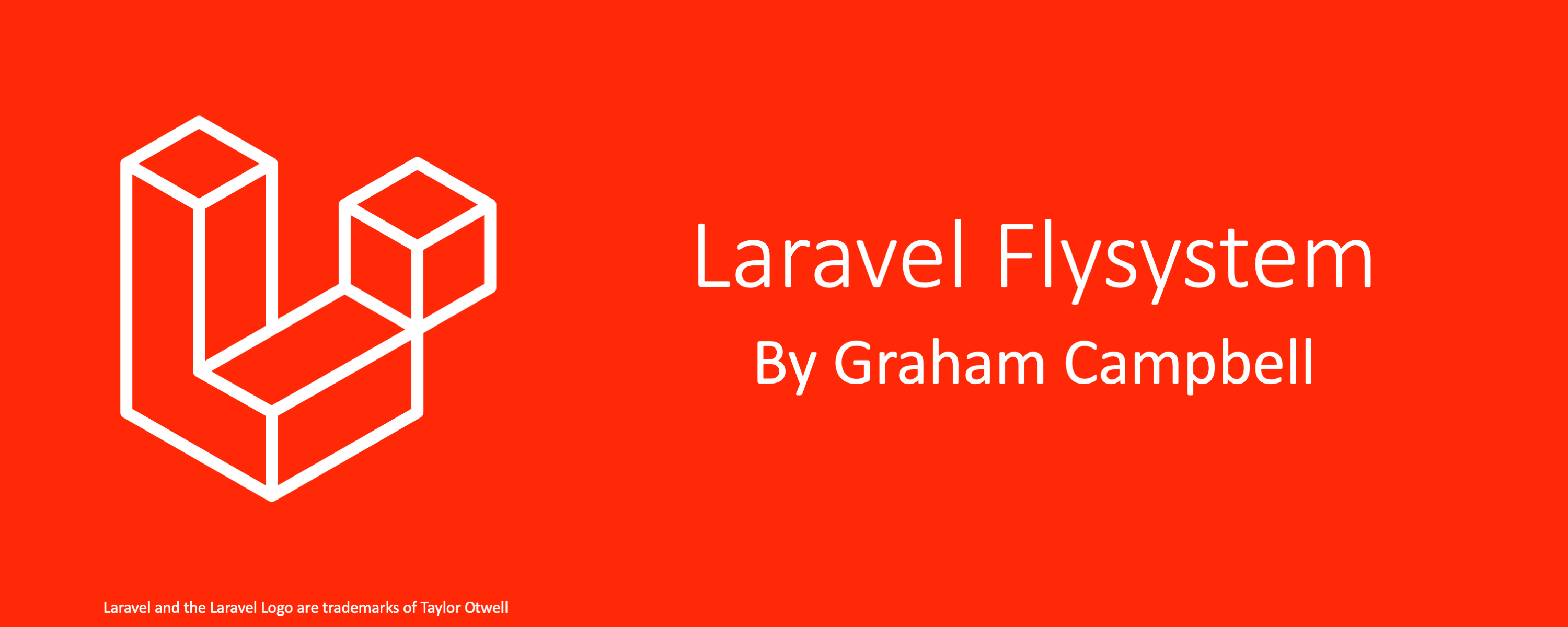

Resilience to failureĪ key best practice outlined in the Architecting for the Cloud: Best Practices whitepaper is If a user attempts to access a resized image that has been removed by a lifecycle rule, the API resizes it on demand to fulfill the request. The approach of resizing on-demand means that developers do not need to store images that are not accessed by users.Īs a user request initiates resizing, this also unlocks options for optimizing storage costs for resized image assets, such as S3 lifecycle rules to expire older images that can be tuned to an application’s specific access patterns. With eager image processing, the resized images must be stored indefinitely as the operation only happens one time. With the on-the-fly approach, a developer can instead specify a new set of dimensions and lazily generate new assets as customers use the new website or application. Running a batch process to resize all original images into new, resized dimensions can be time-consuming, costly, and error-prone. When you redesign your website or application, you can add new dimensions on the fly, rather than working to reprocess the entire archive of images that you have stored. Instead of processing and resizing images into all necessary sizes upon upload, the approach of processing images on the fly has several upsides: In this post, I explore a different approach and outline a method of lazily generating images, in which a resized asset is only created if a user requests that specific size. It’s a common approach to use S3 event notifications and AWS Lambda for eager processing of images when a new object is created in a bucket.

Images stored using Amazon S3 are often processed into multiple sizes to fit within the design constraints of a website or mobile application.

This can become complex to manage and drive up costs. With the explosion of device types used to access the Internet with different capabilities, screen sizes, and resolutions, developers must often provide images in an array of sizes to ensure a great user experience. This post courtesy of John Pignata, AWS Solutions Architect If you’re looking to deploy a service to resize images to production, consider using the Serverless Image Handler which is a robust solution to handle image manipulation and can be deployed via an AWS CloudFormation template.

UPDATE: May 29, 2018 – This post includes a small amount of sample code illustrating a pattern for lazily generating assets using AWS Lambda and Amazon S3.


 0 kommentar(er)
0 kommentar(er)
